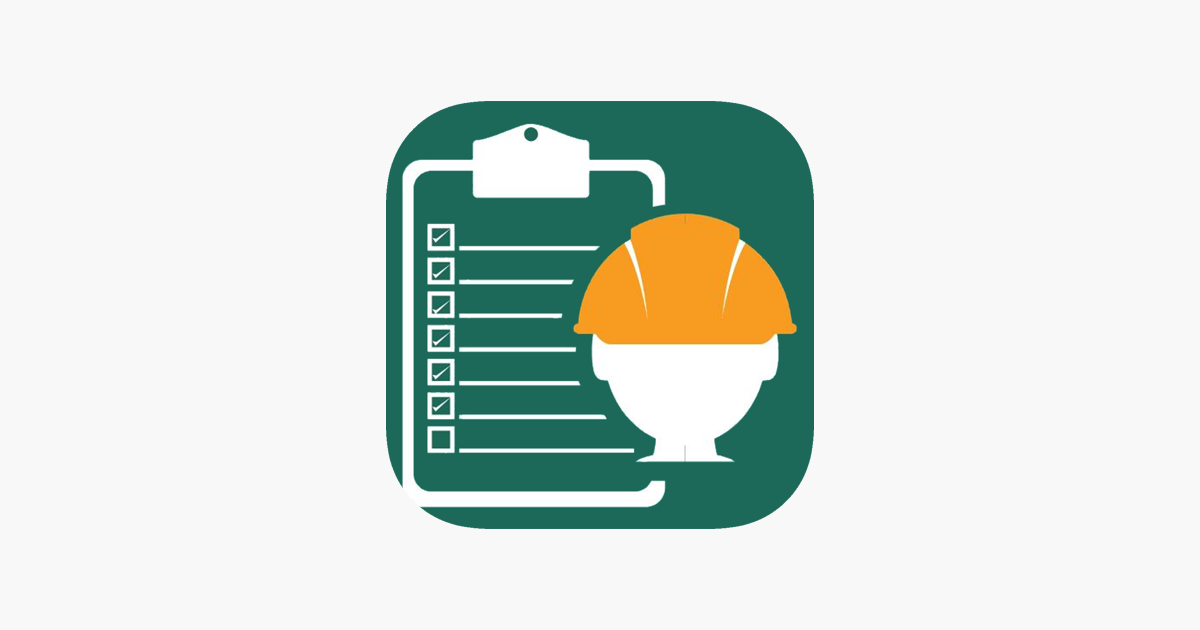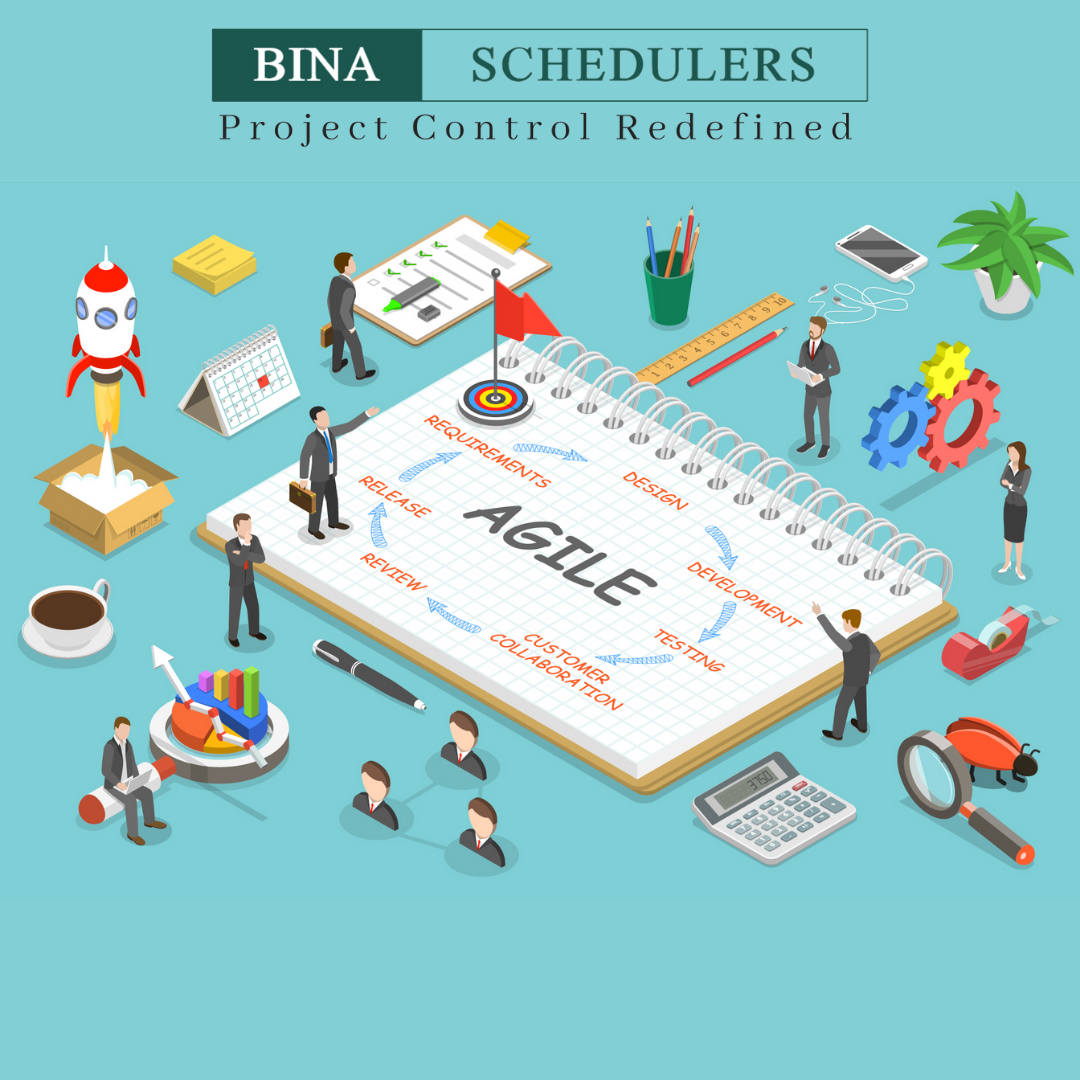
We’ve embarked on another year, and many business owners are spending time looking at their company’s growth over the last year and setting some goals that will keep their businesses running successfully and on an upward trajectory well into the new decade.
Attaining your business goals generally requires a team effort amongst employees, and with a fully remote company, setting measurable goals is a must to monitor your progress, track employee’s contributions and eventually see if you’ve reached your objectives.
Here are some tactics business owners and managers can use to set measurable goals with their remote teams this year in order to achieve the outcomes they are looking for in business growth and development:
1. Identify goals that can be measured with metrics
Because so much of the work in a remote company is done online, many decisions are data-driven - meaning there are a lot of opportunities for goals to be set that can be measured in numbers. With remote team members, tying goals to specific, quantitative objectives makes clear what is required to achieve a satisfactory outcome.
Whether the goal is a set number or articles published, data points reviewed, reports created, design changes committed, customer contact or conversions reached, establishing a concrete metric will provide direction and a path to success for team members who work remotely.
2. Break your goals down into smaller tasks.
Breaking larger objectives or business goals into smaller tasks or subgoals can make progress easier to see, manage and measure. This breakdown of an object or goal into smaller chunks can be referred to as key performance indicators (KPIs), a set of defined, measurable outcomes that can be tracked through smaller tasks that indicate you are on the path toward achieving the final goal.
Using this method, business owners and managers can see more clearly if a goal is on its way to being met on time, or if employees are struggling and goals need to be reevaluated.
3. Schedule ample time for goal completion
While we all have good intentions when plotting out how much time we will need to accomplish a given task, the truth is most humans fall prey to planning fallacy phenomenon: We are overly optimistic when estimating the amount of time and resources it will take to achieve a goal or accomplish a given task. When planning with my team, going through our current progress toward the task in hand and estimating hours that will need to be worked to complete it, I always add an extra week to our timeframe to account for last minute changes, employees who may get sick, vacation time that may not be scheduled yet and other incidents.
Giving yourself ample time and extra buffer relieves pressure and make goals more attainable on deadline, especially when you have multiple team members working together, all in different locations.
4. Regularly review goals and adjust as needed.
Identifying measurable goals and outlining the expectations for your remote team is a great start, but reviewing progress and metrics on a regular basis is also key to staying on track and identifying when a project or task may not be to a trajectory toward timely completion. Business development goals usually go through multiple phases before completion, so reviews with your team on a weekly, monthly and quarterly basis are essential to keeping everyone on track while ensuring that subtasks are completed and that communication within the team remains strong
Establish when review meetings will be held during the initial goal-planning phase in order to measure progress consistently as well as keep team members accountable and focused, working steadily toward the goal completion date and metrics.
Whether working remotely as a team or individually, tying job performance to measurable outcomes provide both the employee and employer with a clear view of progress. Goals that have been broken down into clear tasks, scheduled with ample tie for completion and regular review, provide optimal conditions for the best possible outcome.
In addition, achieving business development and growth goals, either as a team or an individual basis, cultivates a workplace culture of clear communication, job satisfaction and greater motivation toward the completion of future goals, all of which will set your company up for 2020 and beyond.





























